Add a kick to your meals with spicy microgreens. Explore how these flavorful greens can enhance your dishes and learn creative ways to incorporate them into your daily cooking.

Spicy microgreens are tiny plants that are packed with flavor and heat. They are a quick and easy way to add a burst of spice to any dish. Some popular spicy microgreens include mustard, radish, and arugula. These microgreens are harvested just a few weeks after germination, making them a fast-growing crop that can be grown year-round.
Microgreens are not only delicious, but they also offer a range of health benefits. They are high in vitamins and minerals, including vitamin C, vitamin K, vitamin E, and calcium. They are also rich in antioxidants, which can help to protect your body against disease. Incorporating spicy microgreens into your diet is an easy way to add spicy flavor and nutrition to your meals.
Key Takeaways
- Spicy microgreens are a quick and easy way to add a burst of spice to any dish.
- Growing and harvesting spicy microgreens is a simple process that can be done year-round.
- Spicy microgreens are not only delicious, but they also offer a range of health benefits.
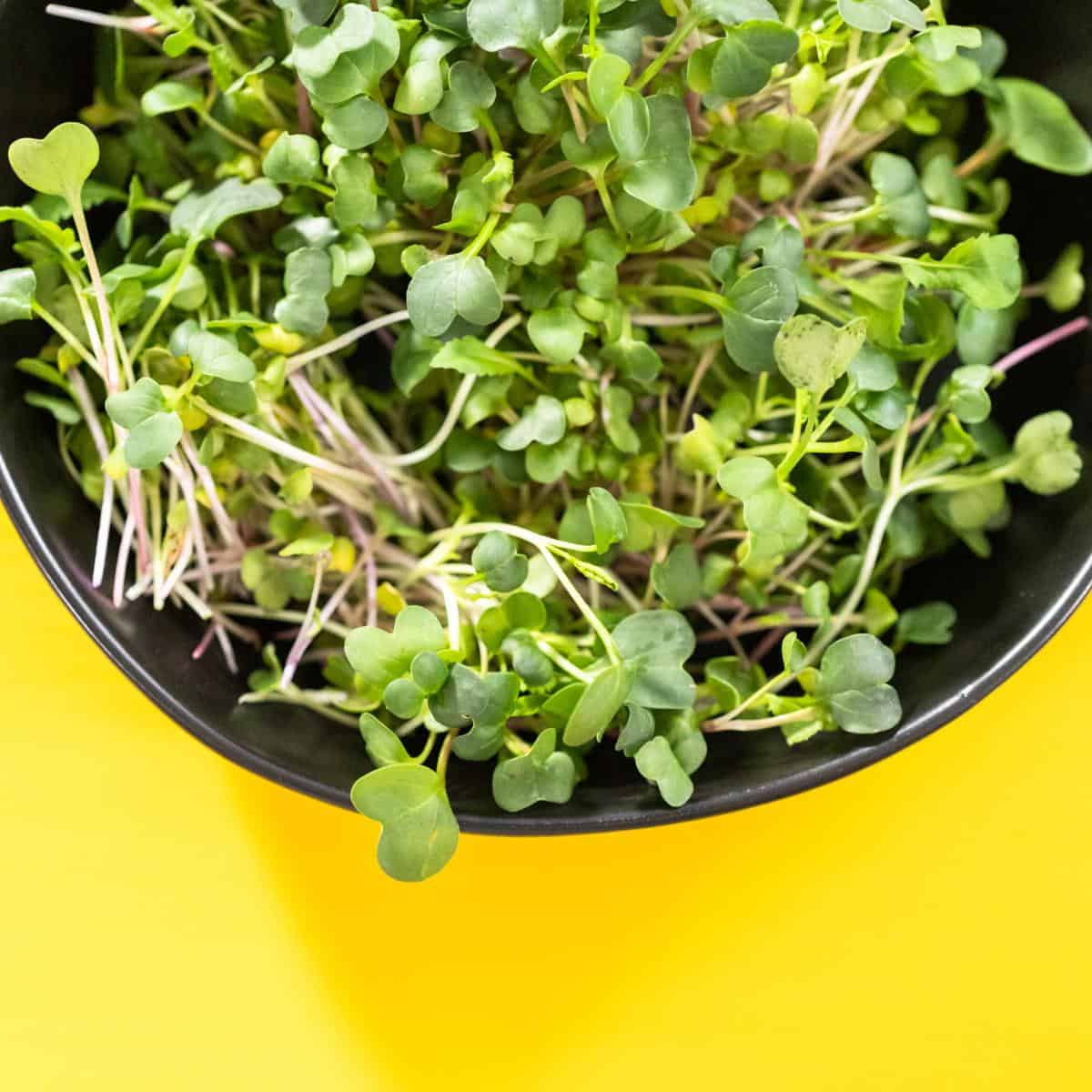
Growing and Harvesting Spicy Microgreens
Spicy microgreens are an excellent addition to any dish, offering a burst of flavor and nutrition. Growing your own microgreens is easy and rewarding.
Choosing the Right Seeds
The first step to growing microgreens is to choose the right seeds. Some popular options for spicy microgreens include mustard, arugula, kohlrabi, kale, broccoli, and red acre cabbage. These seeds are widely available and can be found at most garden centers or online retailers.
When choosing your seeds, make sure to select high-quality seeds from a reputable source. Look for seeds that are specifically labeled for microgreen production. These seeds are typically untreated and will germinate quickly.

Optimal Conditions for Germination
Once you have your seeds, it's time to start the germination process. Microgreens require warm temperatures and plenty of natural light to germinate. The ideal temperature range for germination is between 60-75°F. You can use a heat mat to maintain a consistent temperature if necessary.
To germinate your seeds, you will need a growing medium. Coconut coir is an excellent choice for growing microgreens as it is lightweight and retains moisture well. Fill your growing tray with the growing medium and sprinkle the seeds evenly over the surface. Cover the seeds with a thin layer of soil and mist the surface with water.
Keep the growing tray in a warm, well-lit area and mist the surface daily to keep the soil moist. After a few days, the seeds will begin to sprout, and you will see the cotyledon stage. At this point, you can remove the cover and allow the microgreens to grow.
Harvesting Techniques
Spicy microgreens are typically ready to harvest in 7-14 days, depending on the variety. Once the microgreens have reached the true leaves stage, they are ready to harvest. Use a pair of scissors to cut the microgreens just above the soil line.
Spicy microgreens offer a range of flavor profiles, from mild to intensely spicy. Experiment with different varieties to find the perfect flavor for your dishes. Add them to salads, sandwiches, soups, or use them as a garnish.
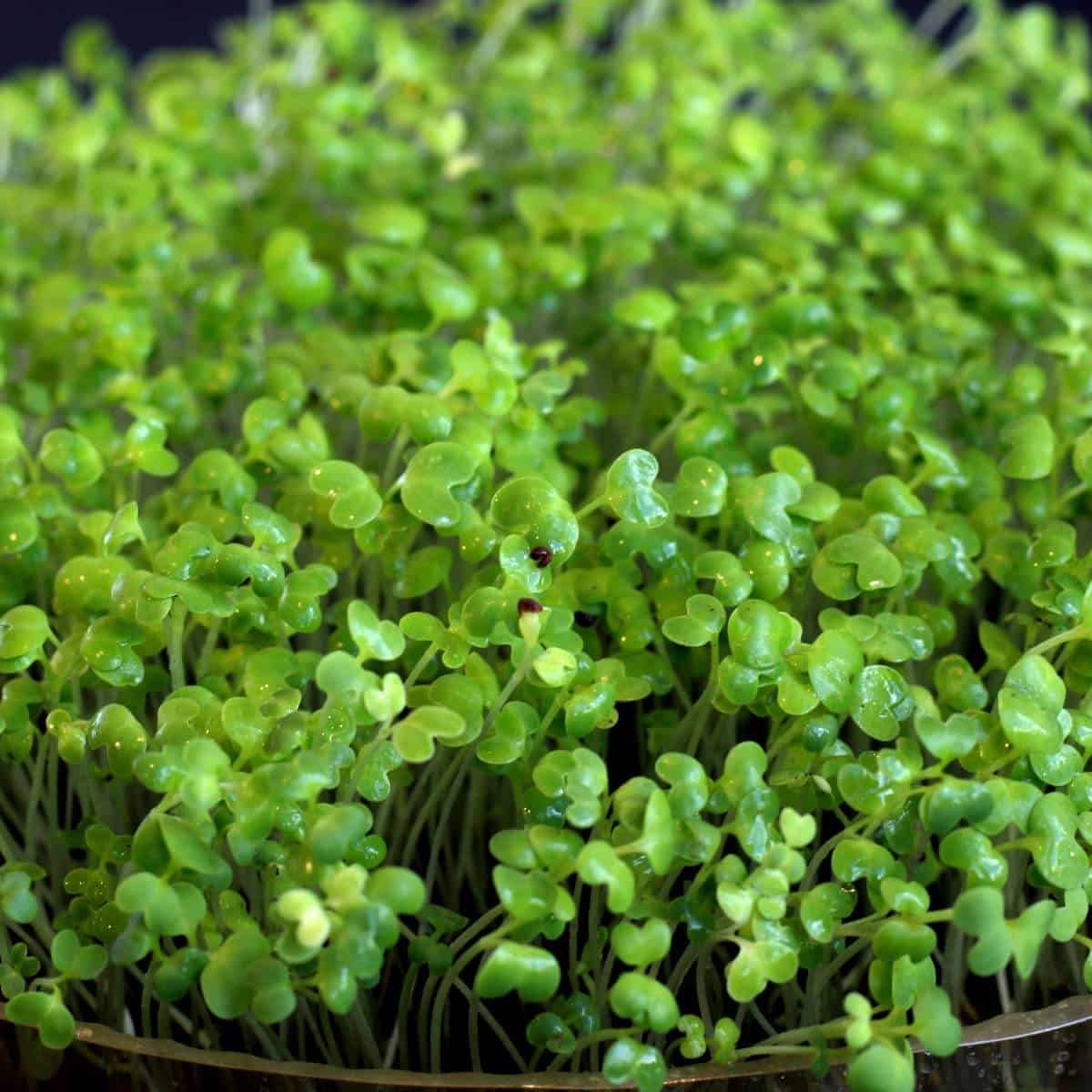
Culinary Uses and Health Benefits
Spicy microgreens are a versatile ingredient that can be used in a variety of recipes. Incorporating them into your meals can add a bold and zesty flavor profile to your dishes. Here are some ideas for incorporating microgreens into your recipes:
Incorporating Spicy Microgreens into Recipes
- Add them to salads for a peppery kick
- Use them as a topping for tacos or sandwiches
- Mix them into soups or stews for added flavor
- Blend them into smoothies or juices for a nutritious boost
Spicy microgreens are also a popular ingredient among chefs. They offer a unique flavor profile that can add depth to any dish. Some of the most popular varieties include cress, broccoli, kale, and cabbage microgreens.

Nutritional Value of Spicy Microgreens
Spicy microgreens are packed with nutrients, including vitamins K, C, and E, as well as minerals such as:
- calcium
- copper
- folate
- potassium
- magnesium
- manganese
- phosphorus
They also contain beta-carotene, which is a powerful antioxidant that helps protect cells from damage.
In addition to their nutritional value, microgreens have been shown to have several health benefits. They can help lower blood pressure, improve digestion, and reduce inflammation. They are also a good source of fiber and protein, making them a nutritious addition to any meal.
When it comes to cooking with microgreens, it's important to note that they have a short shelf life. To ensure freshness, store them in the refrigerator and use them within a few days of purchase. You can also grow your own organic microgreens at home for a fresh and sustainable source of produce.
Overall, spicy microgreens are a versatile and nutritious ingredient that can add bold flavor and health benefits to a variety of dishes. Incorporate them into your meals for a delicious and nutritious boost.














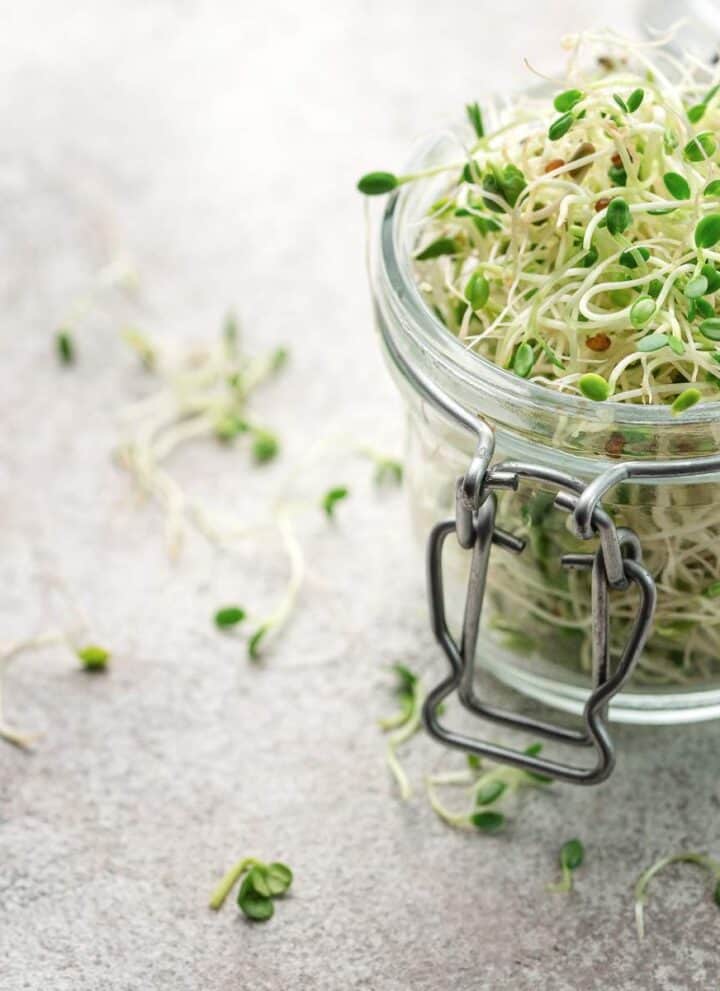
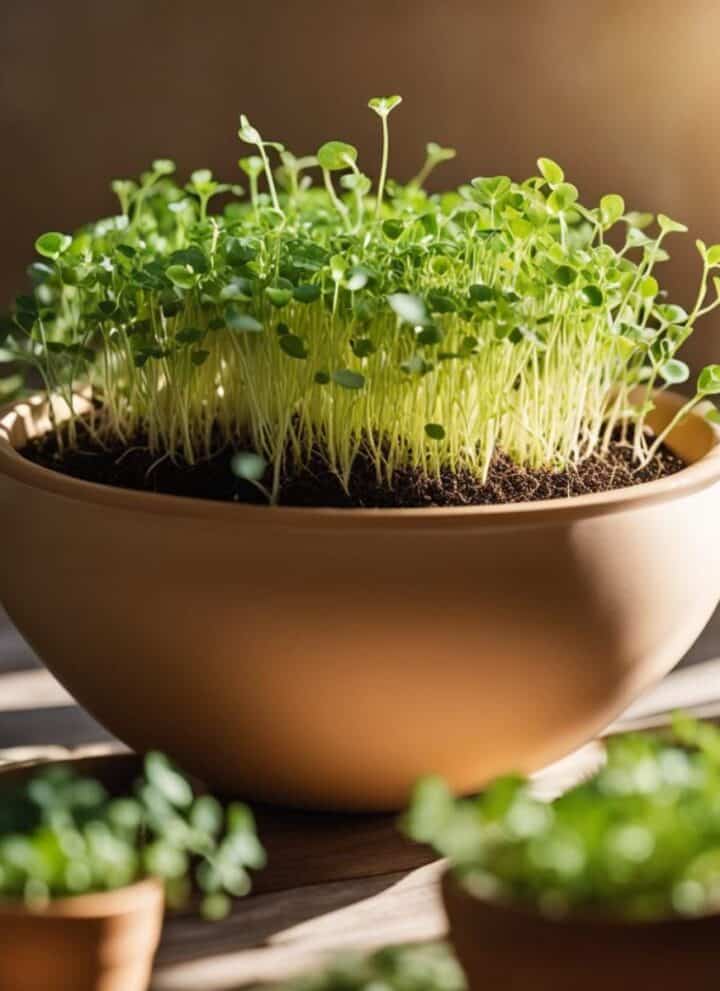
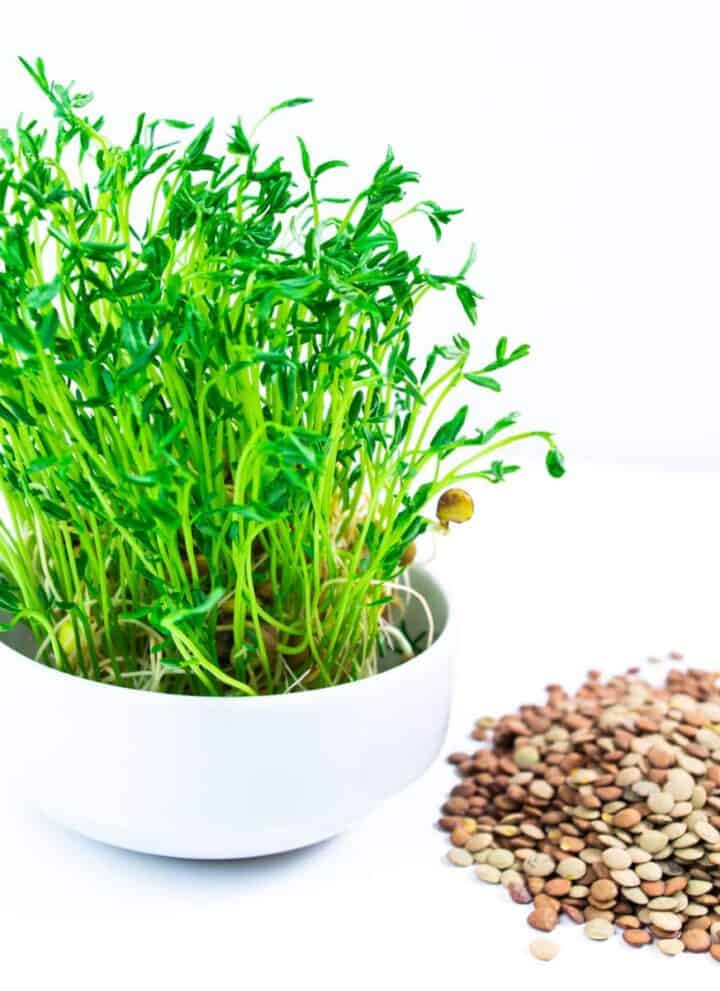

Sarah says
I picked up some of these at a local farmers market and have been adding them to salads all week long! They are delicious and such an easy way to add some extra flavor!